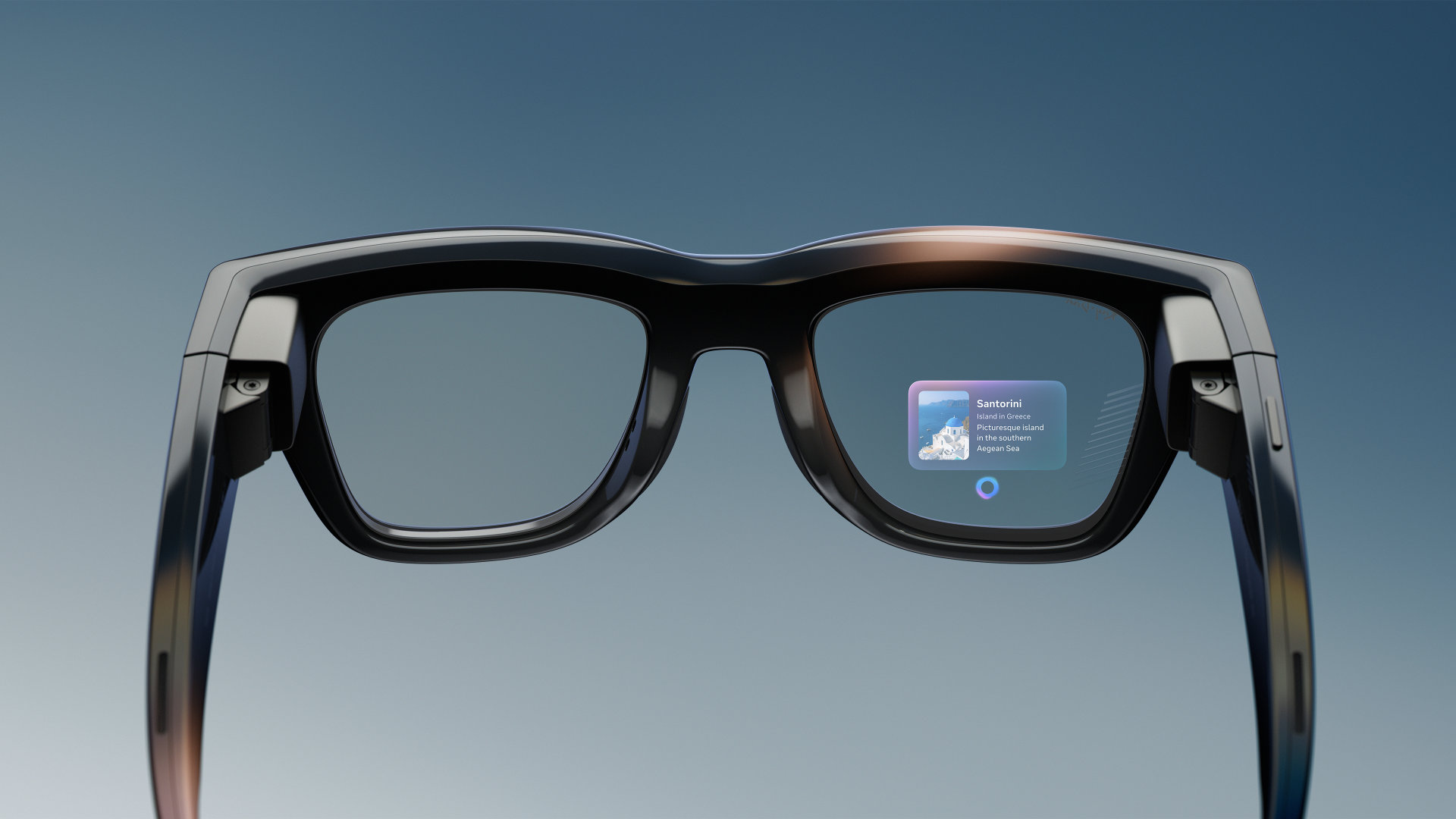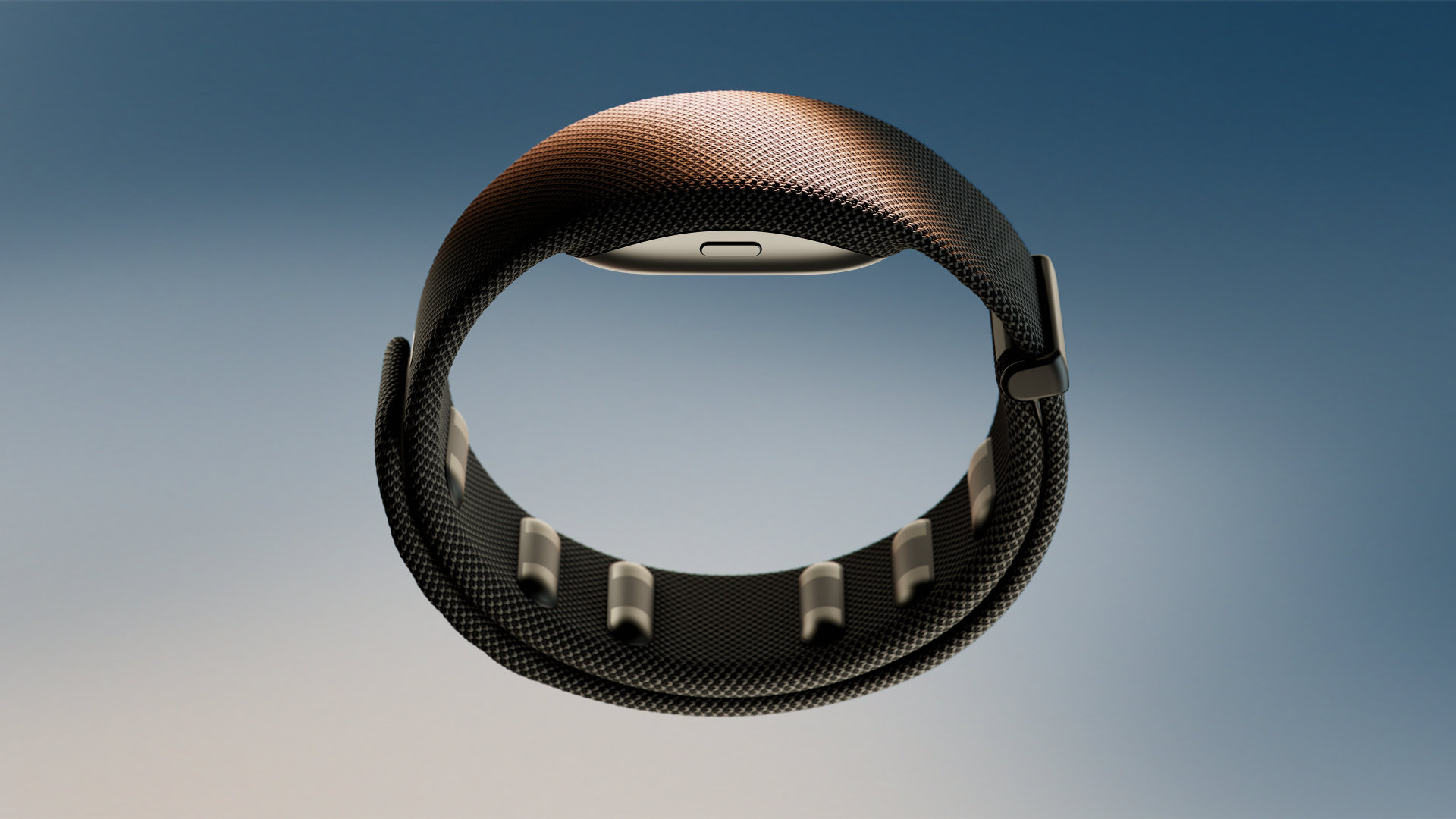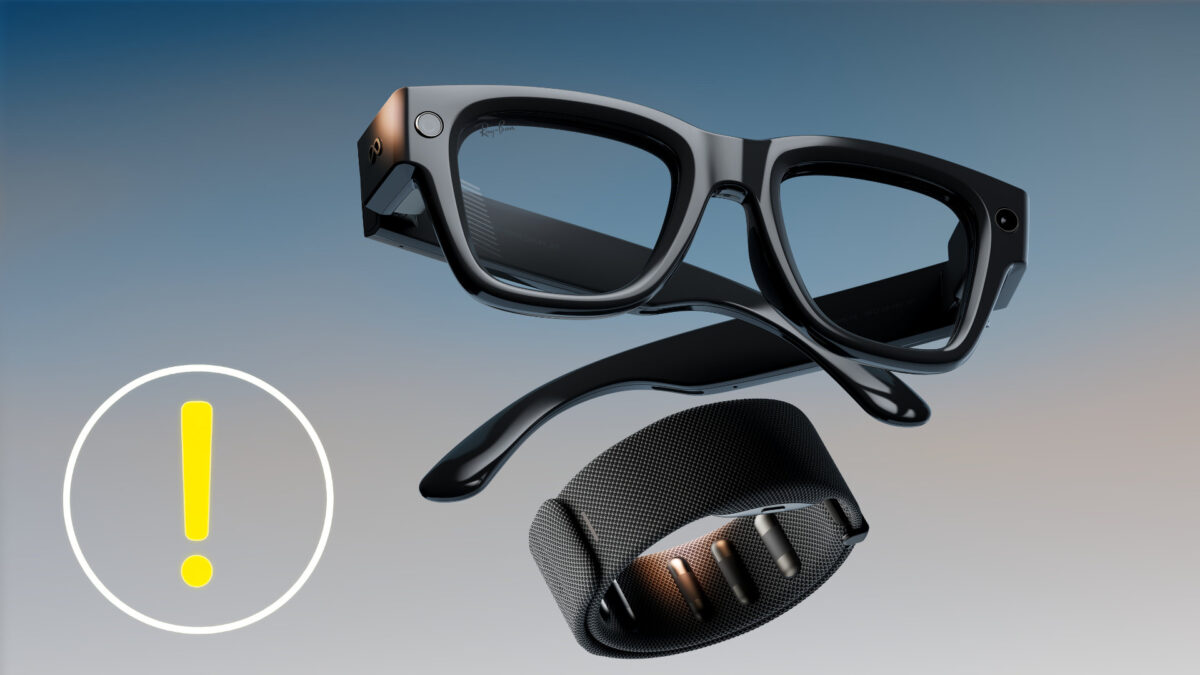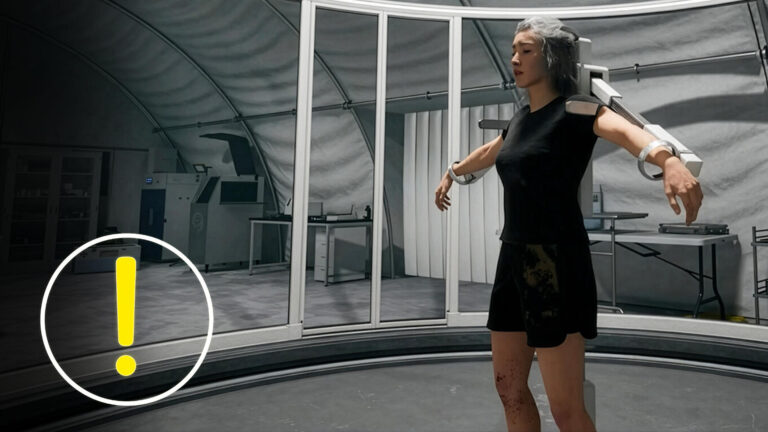At Connect 2025, Meta unveiled its new smart glasses, Ray-Ban Display. We’ve gathered all the key info for you.
With the Ray-Ban Display, Meta is introducing a new category of smart glasses. The glasses combine a high-resolution mini display with AI features, a camera, audio, and an innovative sEMG control wristband. Here’s what’s inside, how you use it, what it costs, and when it’s coming out.
The most important facts about the Meta Ray-Ban Display at a glance
- The Meta Ray-Ban Display is the first Ray-Ban glasses with an integrated display.
- It’s controlled by voice or via the new Neural Band, an sEMG wristband.
- The display shows notifications, navigation, photos, and translations, among other things.
- Market launch is September 30, 2025, at select US stores, priced from $799 including the Neural Band.
- These aren’t full AR glasses — it’s a static, HUD-style display.
What is the Meta Ray-Ban Display?
The Meta Ray-Ban Display was officially unveiled on September 17, 2025, at the Connect conference. They’re smart glasses with a built-in display, voice assistant (Meta AI), camera, and microphones. Unlike a standalone AR headset, they’re meant to complement everyday life with helpful features — for example, by showing messages, translations, or navigation cues directly in your field of view.

The display is monocular and sits in the right lens. It appears only when needed and otherwise disappears from view, so your sight of the real world stays clear. According to Meta, the goal isn’t immersion but short, context-specific interactions.
The integrated display has a 600 × 600 resolution, 42 pixels per degree, and a 20-degree field of view. Brightness reaches up to 5,000 nits, keeping content readable even in daylight. The image is private, with only 2 percent light leakage outward. The screen serves as a HUD for text messages, calls, camera preview, navigation, captions, and music controls.
What exactly can the Meta Ray-Ban Display do?
The Meta Ray-Ban Display is aimed at people who want to access information on the go without pulling out their phone. It can show:
- WhatsApp, Messenger, and Instagram messages
- Livestreams and Reels
- Step-by-step guides with visual support
- Walking directions (beta)
- Preview and zoom for photos and videos
- Music controls with track info
- Live captions for conversations and real-time translations
Voice control is handled by Meta AI, which can answer questions, take dictated messages, or display visual aids.
Neural Band: The wristband becomes the control center
One highlight of the new smart glasses is the Meta Neural Band. This sEMG wristband detects the tiniest muscle movements in your wrist and translates them into commands. You can swipe through menus, click, or even write words by tracing letters with your finger.

According to Meta, the band works right out of the box because it’s trained on data from around 200,000 users. It detects movements before they’re even visible. The AI-driven gesture recognition is also meant to benefit people with motor impairments.
In practice, the Neural Band lets you swipe through messages, answer calls, or adjust volume by rotating your wrist. It’s water-resistant (IPX7), lasts up to 18 hours, comes in multiple sizes, and weighs less than typical smartwatch straps.
Camera, Audio, and Battery Life of the Meta Ray-Ban Display
The glasses feature a 12-megapixel camera with 3× zoom. You can capture photos and videos directly via the Neural Band and view them on the display. An external LED indicates when the camera is active.
Audio comes from six microphones and open-ear speakers built into the temples. Voice control is supported as well. Battery life is up to six hours of mixed use. With the charging case, Meta claims up to 30 hours. The case folds and is easy to carry.
Design, Variants, and Price
The Meta Ray-Ban Display will be available in two colors (Black and Sand) and two sizes (Standard and Large). Several frame styles are planned, including the classic Wayfarer look. The lenses are photochromic and optionally available with prescription (-4.00 to +4.00 diopters). The entire system weighs just 69 grams, made possible by new, ultra-compact batteries and titanium hinge components.
The price is $799 including the Neural Band. Sales begin September 30, 2025 — initially at Best Buy, Lenscrafters, Sunglass Hut, and Ray-Ban stores in the US. Additional retailers like Verizon, as well as international markets (including Canada, France, Italy, and the UK), are slated to follow in early 2026, according to Meta. There’s no word yet on a German launch.
Analysis: Everyday Glasses with a Smart Extra that Still Need to Prove Themselves
The Meta Ray-Ban Display isn’t a classic AR headset but a smart everyday companion with a display and AI features. It’s aimed at users who want to discreetly read messages, navigate, or share content on the go without looking at their phone.
The Neural Band delivers one of the most advanced gesture controls to date. Despite a few minor technical hiccups during the live demo at Meta Connect 2025, the overall system seems well polished.
Whether the Meta Ray-Ban Display catches on will largely depend on how reliably the display, AI, and wristband work together in daily use. Another key factor is user acceptance and comfort. It remains to be seen whether people who don’t already wear glasses will be happy to put on a pair — and a wristband, too. Ultimately, success will hinge on how compellingly Meta evolves the software and how much real-world value smart glasses deliver in everyday life.
Sources: Meta
No related articles found.










